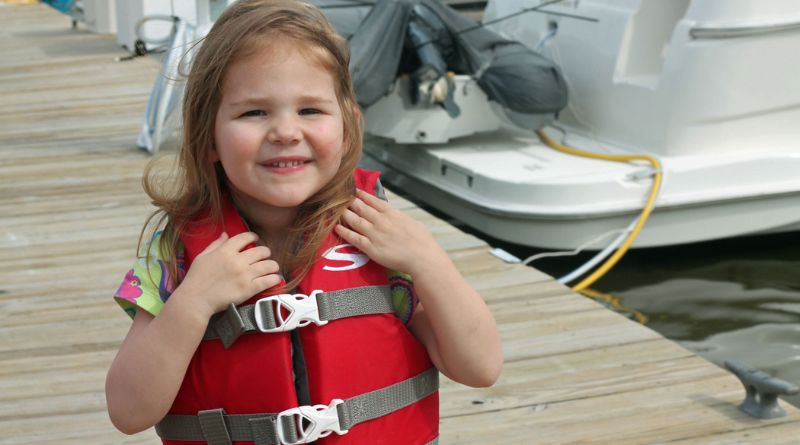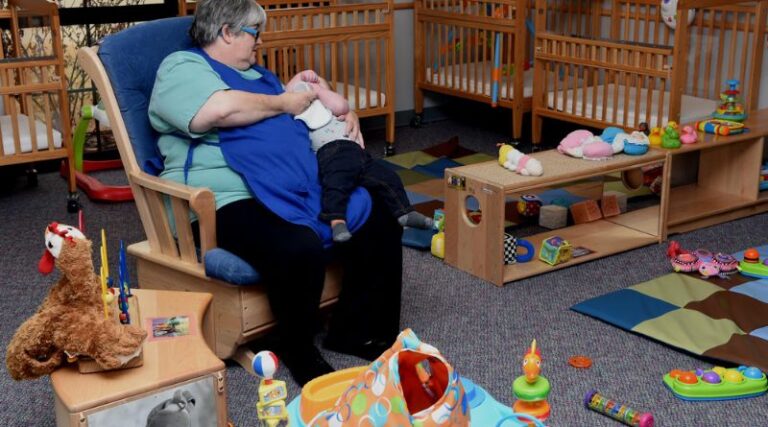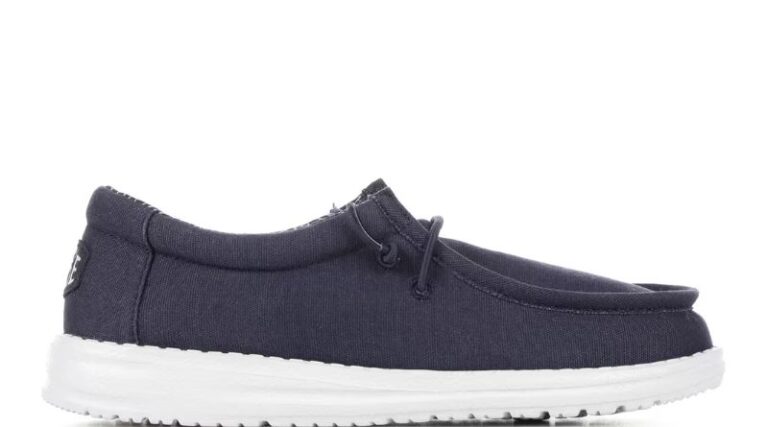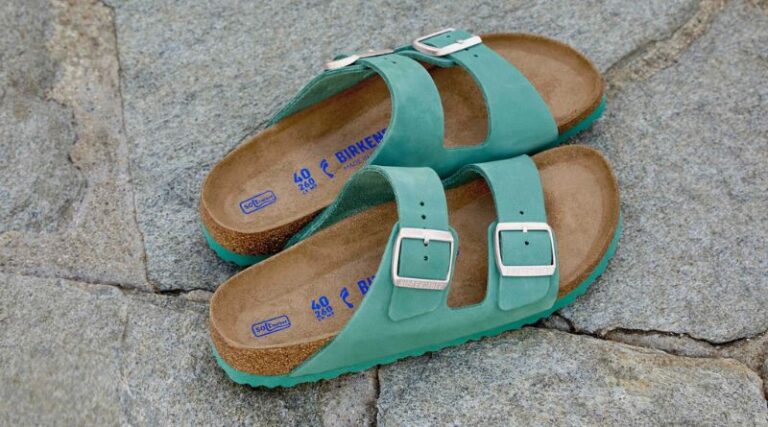
When it comes to water safety, one of the most important pieces of equipment for children is a kids life jacket. Whether you’re spending a day at the beach, going on a boat ride, or enjoying a pool party, a life jacket provides essential protection and peace of mind. Kids are naturally curious and love to explore water, but they also need support to ensure their safety. This is where a high-quality kids life jacket comes into play.
Table of Contents
In this comprehensive guide, we’ll explore why kids life jackets are necessary, how to choose the right one for your child, and how to ensure proper usage. We’ll also answer some common questions about life jackets to help you make an informed decision when it comes to water safety for your little one.
Why Are Kids Life Jackets Important?
Water activities can be exciting, but they also pose risks, especially for young children who might not yet be strong swimmers. A kids life jacket is designed to keep your child afloat in the water, even if they fall in unexpectedly. It offers buoyancy and stability, which are crucial for ensuring that your child stays safe while enjoying water-based activities.
Here are several reasons why a kids life jacket is essential:
1. Prevents Drowning
The primary purpose of a kids life jacket is to prevent drowning by keeping a child’s head above water. Even if your child isn’t a proficient swimmer, a life jacket provides crucial support and allows them to float until help arrives.
2. Increases Confidence
A life jacket provides young swimmers with extra confidence. Knowing they have the support of a life jacket allows them to enjoy the water and explore new activities without fear, fostering a love for water sports while keeping them safe.
3. Offers Peace of Mind for Parents
As a parent, one of your main priorities is your child’s safety. A well-fitted kids life jacket helps provide peace of mind, allowing you to relax and enjoy the experience with your child, whether on a boat, at the beach, or in a pool.
4. Helps in Emergency Situations
In the event of an emergency, a kids life jacket can be a lifesaver. If your child falls into the water unexpectedly or gets tired, the life jacket helps them stay afloat until they can be rescued or make their way to safety.
Types of Kids Life Jackets
Not all life jackets are created equal. There are several different types of kids life jackets, each designed for specific activities and ages. Let’s break down the most common types to help you choose the best one for your child:
1. Type I – Offshore Life Jackets
Type I life jackets are designed for rough, open water conditions, such as boating in the ocean or deep waters. They are the most buoyant and provide maximum flotation. While these jackets are not typically needed for everyday pool use, they are ideal for longer, more challenging water activities.
2. Type II – Nearshore Buoyancy Devices
Type II life jackets are designed for calm, inland waters such as lakes and rivers. They offer a good balance of buoyancy and comfort, making them ideal for activities like boating, water sports, and recreational swimming. These life jackets are suitable for children who can swim but still need added security.
3. Type III – Flotation Aids
Type III life jackets are designed for comfort and are best used in calm waters. They are popular for activities such as kayaking, paddleboarding, and water parks. These jackets allow for more movement and flexibility, which is perfect for kids who are active and love to play.
4. Type V – Special Use Devices
Type V life jackets are typically designed for specific activities like kayaking or waterskiing. They offer a greater range of motion and more specialized features. Type V jackets are best used for more advanced water sports and should be used according to the manufacturer’s guidelines.
How to Choose the Right Kids Life Jacket
Choosing the right kids life jacket is crucial for ensuring your child’s safety and comfort. Here are some important factors to consider:
1. Size and Fit
The most important factor when choosing a kids life jacket is ensuring it fits properly. A life jacket that is too large or too small will not work effectively. To choose the correct size, consider your child’s weight and chest measurement, as life jackets are sized accordingly.
- Infant life jackets (typically for children up to 30 pounds)
- Child life jackets (for children weighing between 30 to 50 pounds)
- Youth life jackets (for children weighing 50 to 90 pounds)
Make sure the jacket fits snugly but is not too tight. Your child should be able to move their arms and legs comfortably but should not be able to slip out of the jacket if they fall into the water.
2. Buoyancy and Floatation
The buoyancy of a life jacket is measured in pounds, indicating how much weight it can keep afloat. The higher the buoyancy rating, the more flotation the jacket provides. For younger children, look for jackets with a higher buoyancy rating for maximum safety.
3. Material
Life jackets are made from a variety of materials, but most are constructed using durable, quick-drying fabrics that can withstand water exposure. Look for life jackets made from high-quality materials like nylon or polyester, which are both sturdy and comfortable.
4. Safety Features
Safety features are critical in a kids life jacket. Look for jackets with the following:
- Reflective strips: These help make your child more visible, especially in low-light conditions.
- Crotch straps: These prevent the life jacket from riding up, keeping it securely in place.
- Flotation collar: Some life jackets have a collar that helps support the child’s head and keep their face above water.
5. Comfort and Design
A life jacket should be comfortable for your child to wear for extended periods. Look for jackets that have padded straps and breathable material to prevent chafing and sweating. Many kids life jackets also come in fun designs and colors, which can make them more appealing to kids.
Tips for Using Kids Life Jackets Safely
It’s important to use kids life jackets properly to ensure their effectiveness. Here are some safety tips to keep in mind:
- Supervise your child at all times: A life jacket is not a substitute for adult supervision. Always keep an eye on your child when they are in or near the water.
- Ensure the life jacket is properly fastened: Always double-check that the life jacket is securely fastened, including straps, zippers, and buckles. A properly fitted jacket is essential for safety.
- Teach your child to swim: While life jackets offer protection, it’s still important to teach your child basic swimming skills. Knowing how to swim can provide your child with additional confidence and safety in the water.
- Replace damaged life jackets: Inspect your child’s life jacket regularly for any signs of damage or wear. If the jacket becomes damaged, replace it immediately.
Frequently Asked Questions about Kids Life Jackets
1. How do I know if the life jacket fits my child properly?
A properly fitting life jacket should be snug but not too tight. The jacket should sit comfortably on your child’s chest, and the straps should be secure but not restrictive. The jacket should not rise above your child’s chin when they are in the water, and it should allow them to move their arms freely.
2. Can my child wear a life jacket in the pool?
Yes, a kids life jacket can be worn in the pool for added safety, especially for children who are not yet confident swimmers. However, always supervise your child closely while they are in the water, even if they are wearing a life jacket.
3. Are there life jackets for infants?
Yes, there are life jackets specifically designed for infants. These jackets are designed with extra flotation to support the child’s head and neck. Always choose an infant life jacket that meets safety standards and is appropriate for your baby’s weight and age.
4. Can my child wear a life jacket on a boat?
Absolutely. Kids life jackets are essential for boating, and most boating regulations require children under a certain age to wear a life jacket at all times. Be sure to select a life jacket that is specifically designed for boating and meets the necessary safety standards.
5. How long can my child wear a life jacket?
Your child can wear a life jacket for extended periods, but it’s important to ensure that they are comfortable. If your child starts to feel uncomfortable or if the jacket becomes too tight, take a break and adjust or remove the jacket if they are in a safe environment.






